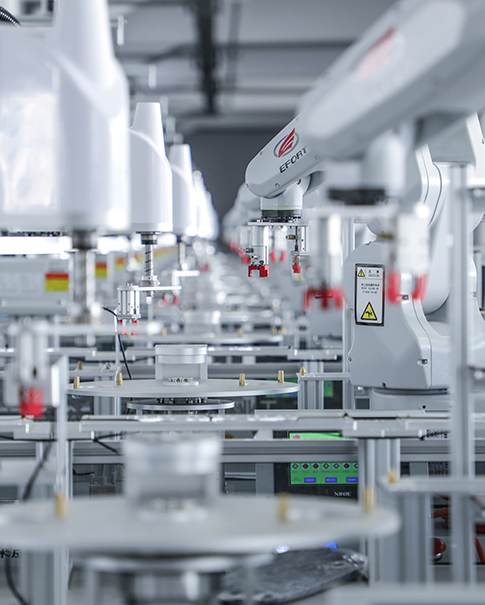Turbine Safety Monitoring System: Ensuring Stable Operation of Power Plant Equipment
November 12,2024
Turbine Safety Monitoring System: Ensuring Stable Operation of Power Plant Equipment
The turbine safety monitoring system plays a crucial role in power generation and industrial production. By monitoring key parameters of turbines, these systems help operators detect potential faults or risks in a timely manner, thus ensuring the safe operation of the equipment. Here is an overview of the main components and advantages of turbine safety monitoring systems.

1. Overview of Turbine Safety Monitoring System
A turbine safety monitoring system is designed to monitor the operating condition of turbine units by collecting real-time data on temperature, pressure, vibration, and other critical parameters. The goal of the system is to ensure turbines operate in a safe, stable state, thus preventing unexpected failures or accidents.
In modern power plants and petrochemical facilities, the operational condition of turbines is directly linked to equipment reliability. By installing a safety monitoring system, businesses can improve reliability, enhance productivity, and reduce maintenance and accident costs.
2. Key Components of the Turbine Safety Monitoring System
A typical turbine safety monitoring system consists of the following essential components:
Sensors: Sensors measure key parameters such as temperature, pressure, speed, and vibration, ensuring real-time data on the equipment status.
Data Acquisition System: Data acquisition devices collect sensor information and transmit it to the central control system for analysis.
Central Control System: This system processes and analyzes data, triggering alarms for any parameters that exceed set thresholds and activating emergency shutdown procedures if needed.
Human-Machine Interface (HMI): The HMI provides operators with a visual interface, displaying real-time data and alarms for quick response.
Remote Monitoring and Diagnostics: Some advanced systems support remote monitoring and diagnostics, allowing experts to assess equipment status and perform preventive maintenance in real-time from remote locations.
3. Functions of the Turbine Safety Monitoring System
The turbine safety monitoring system offers a range of functions to ensure the optimal operation of turbine units. These functions include:
Real-Time Monitoring: The system monitors all key parameters continuously, allowing it to detect anomalies immediately.
Alarms and Protection: When parameters exceed preset limits, the system triggers an alarm and automatically initiates protective actions, such as load reduction or emergency shutdown.
Data Storage and Analysis: Historical data is recorded for fault analysis and trend prediction, supporting predictive maintenance efforts.
Remote Monitoring and Diagnostics: Remote monitoring capabilities enable companies to access expert diagnostics even in remote areas, improving response times.
4. Advantages of the Turbine Safety Monitoring System
Implementing a turbine safety monitoring system brings significant benefits to businesses, including:
Enhanced Safety: Real-time monitoring and automatic protection functions reduce the risk of equipment damage and protect personnel.
Reduced Maintenance Costs: Predictive maintenance helps minimize repair costs associated with unexpected breakdowns.
Increased Efficiency and Equipment Longevity: The system ensures turbines operate optimally, extending the equipment's lifespan.
Reduced Downtime: Automatic alarms and protection features allow for early intervention, minimizing equipment downtime and supporting continuous production.
5. Applications of the Turbine Safety Monitoring System
The turbine safety monitoring system is commonly applied in the following scenarios:
Power Plants: In thermal and nuclear power plants, where turbine system stability is critical, 24/7 monitoring is essential.
Petrochemical Industry: In petrochemical plants, where steam-driven equipment is used, the monitoring system effectively reduces production risks and ensures safety.
Large Manufacturing Enterprises: Where turbines serve as a power source, the safety monitoring system helps maintain production line continuity.
Conclusion
Turbine safety monitoring systems are indispensable in modern industries. They not only improve the safety and reliability of turbines but also help companies reduce maintenance costs, minimize downtime, and enhance overall operational efficiency. With the growth of Industry 4.0 and smart manufacturing, turbine safety monitoring systems will continue to integrate advanced intelligent functions, providing higher levels of safety assurance for industrial equipment.
 Network Supported
Network Supported